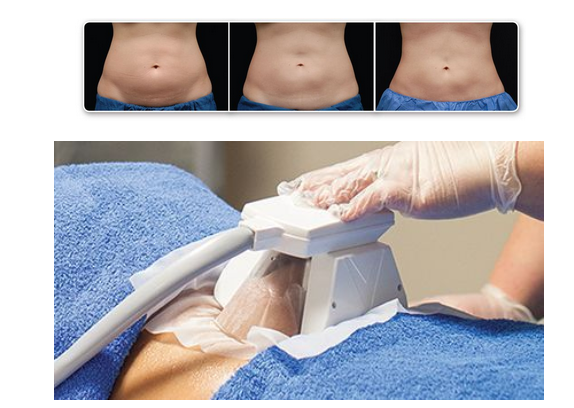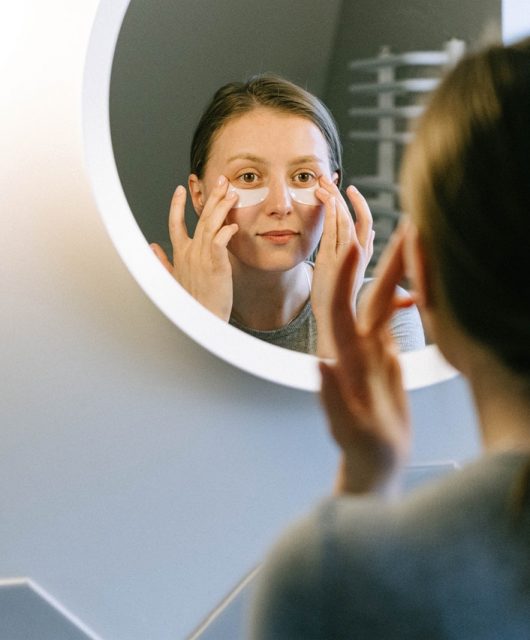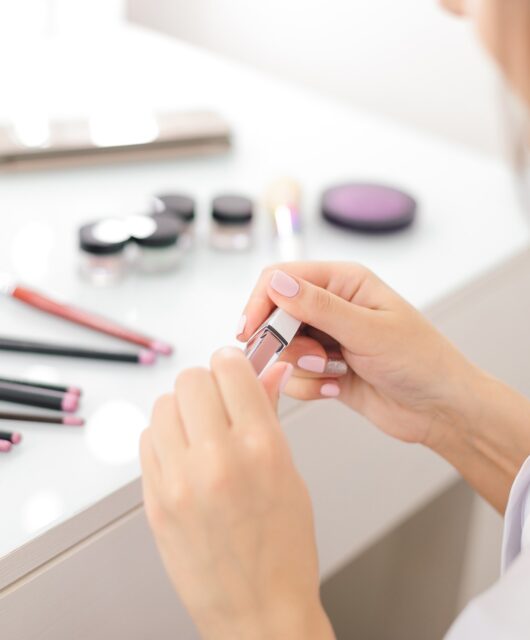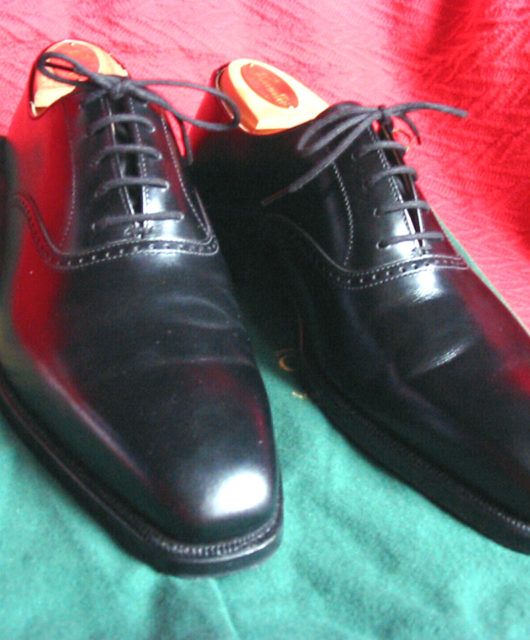Fat Freezing Breakthroughs: What to Know Before Trying Noninvasive Body Contouring
Table of Contents
- What Is Fat Freezing?
- How Does the Technology Work?
- Benefits of Non-Surgical Fat Reduction
- Potential Side Effects and Risks
- What to Expect During a Treatment
- Who Is a Good Candidate?

What Is Fat Freezing?
Fat freezing, often referred to by its scientific term “cryolipolysis,” has taken the cosmetic world by storm over the past decade. It’s a noninvasive method that aims to eliminate subcutaneous fat cells in specific body areas through carefully controlled cooling. Unlike traditional fat removal surgery, fat freezing requires no scalpels, stitches, or sedation. Its rise in popularity comes partly from its favorable safety profile and partly from the changing attitudes of consumers who now demand minimal disruption to their busy lives. With the promise of safely reducing areas like stubborn belly fat or love handles, fat freezing has quickly gained attention among those seeking noninvasive options.
The shift toward gentle alternatives appeals to many individuals, especially those wary of surgical interventions. This is why services such as noninvasive body contouring treatment Virginia Beach and similar procedures are sought by people looking for measurable, reliable body sculpting without significant risks or downtime. While fat freezing is sometimes compared to other noninvasive technologies, its singular ability to reduce localized fat with cold makes it uniquely attractive for many seeking aesthetic change. As more people find satisfaction in its subtle yet visible benefits, curiosity about how it works and who stands to gain the most continues to grow.
How Does the Technology Work?
The principle underpinning fat freezing is grounded in science: fat cells are more susceptible to cold temperatures than other surrounding tissues. During cryolipolysis, a specialized applicator extracts heat from targeted fat deposits, lowering their temperature to a point where the fat cells begin to crystallize. Over time, these dead fat cells break down and are processed through the body’s natural metabolic pathways, ultimately expelled as waste.
This precise cooling ensures that skin, muscle, nerves, and blood vessels are left unharmed. The result is a gradual reduction in visible fat, not overnight, but through a slow process miming natural weight loss by allowing the body to “clean up” the treated area over several weeks. The fat freezing devices’ design has also improved, featuring more advanced temperature monitoring and programmable settings that allow practitioners to fine-tune the treatment for each body’s contours. For individuals who have found traditional methods of spot reduction frustrating, the science behind cryolipolysis represents a rare and welcome advancement.
Benefits of Non-Surgical Fat Reduction
Noninvasive body contouring—particularly fat freezing—has surged in demand for many reasons. One major draw is its convenience: sessions can be scheduled during a lunch break or after work, and most people can return to their daily routines with no restrictions. Since there are no incisions or anesthesia, risks like scarring, infection, or extended recovery don’t come into play. Recovery is so minimal that clients usually experience only mild soreness or temporary redness.
- No incisions, injections, or anesthesia required
- No need to take time off from work or postpone normal activities
- Natural, progressive results that avoid a sudden or artificial look
- A customizable application to the most common “problem areas” for fat
Potential Side Effects and Risks
Fat freezing is a cosmetic procedure with potential side effects like mild swelling, redness, bruising, or tingling. It typically fades within hours to a few days, with tenderness or numbness sometimes persisting but generally resolving independently. Patients rarely experience blisters, itching, or intense pain. However, rare complications like paradoxical adipose hyperplasia, where treated fat thickens instead of shrinking, are rare and may require further intervention. Most individuals experience no significant adverse effects when performed by skilled practitioners using FDA-cleared devices.
What to Expect During a Treatment
Fat freezing is a quick and straightforward procedure that begins with a consultation, where the provider determines goals, medical history, and target zones. A gel pad is applied, and the applicator is placed on the affected area. A gentle vacuum draws up the tissue for direct cooling. Sessions typically last 35-60 minutes per body zone, with initial discomfort. After the treatment, the area is massaged for fat cell breakdown. Clients can return to work, exercise, or leisure without restrictions.
Who Is a Good Candidate?
Fat freezing is not a weight loss tool, but is best for individuals with stubborn fat pockets that resist diet and exercise. It requires good skin elasticity and realistic expectations for contour change. Health conditions like cryoglobulinemia, cold agglutinin disease, or Raynaud’s syndrome should avoid this treatment due to heightened cold sensitivity. Consultation should discuss the complete medical history to identify potential risks. Fat freezing offers an attractive alternative to more dramatic procedures for some individuals with specific trouble spots.









